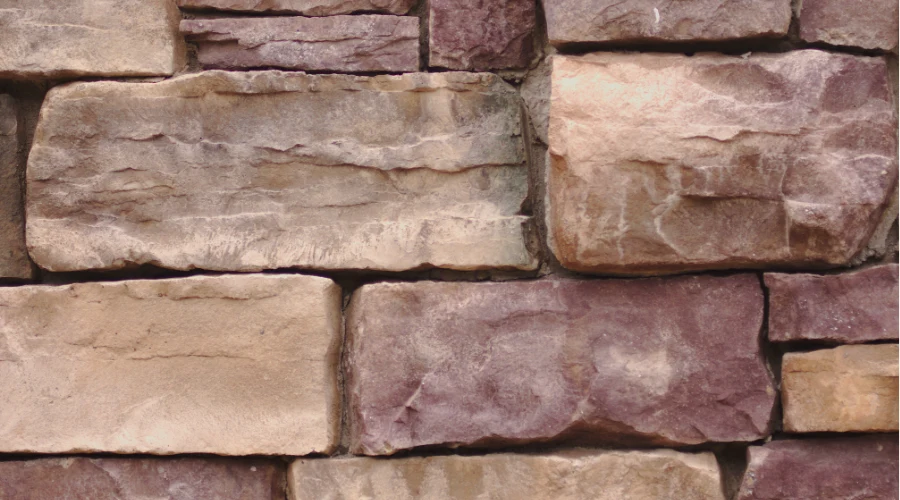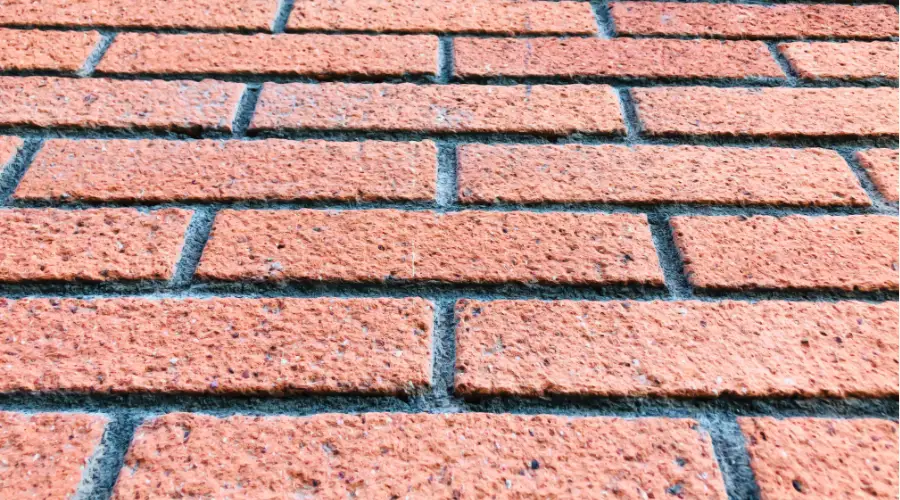Veneer walls are one of the most efficient and appealing solutions for modern building and home construction. These appealing veneers are thin covering layers that give functional benefits while transforming ordinary walls into works of architecture. Veneer walls provide the optimum blend of cost, function, and look for any building project, whether it is a refurbishment or a new build.
What are Veneer Walls?
Veneer walls are thin, ornamental materials connected to a building’s structural wall. These are not load-bearing walls like traditional ones; they are known for their decorative and protective features. Wood, steel, or concrete frameworks provide real support. Generally between 1/4 inch and 4 inches thick, veneer walls provide separation between structural components and the surface that gets decorated, usually with an air space or insulation in between. This design is for better appearance alongside better energy efficiency and environmental protection.
Why Choose Veneer Walls?
Veneer walls provide the ideal solution for residents seeking top-quality material appearances at less weight, cost, and installation complexity. They provide genuine looks of materials such as stone, brick, or imported woods at reduced prices compared to solid counterparts. Contemporary manufacturing makes veneers appear very similar to their solid counterparts. Aside from cost, veneer walls introduce design flexibility in the form of their lightweight, making them ideal for conditions where structural support is minimal. They are easy to install in pre-existing spaces without much modification and are also energy-efficient as they allow for extra insulation.
Types of Veneer Walls
Some types of veneer walls include:
Stone Veneer Walls

Stone veneer is a decorative material that is applied to surfaces in the form of a thin layer of actual stone or material that resembles stone. It is a popular option for building walls, fireplaces, and facades because it replicates the look of traditional natural stone without the significant cost or trouble.
Brick Veneer Walls

These walls offer the traditional, timeless beauty of brick masonry with functional benefits. These narrow wedges of brick are used over structural walls, providing the distinctive texture and warm look of actual brickwork without bearing full load. You can found brick veneers are available in a wide range of colours, textures, and patterns, making it possible to design custom styles that can go from rustic to minimalist. They are particularly suited for exterior house facades and interior accent walls where modern amenities meet a more traditional look.
Wood Veneer Walls
They make a space elegant and good-looking with real wood without costing much or harming the environment. The thin cuts of high-quality wood attached to sturdy backings prevent warping and cracking while emphasising the magnificent grain patterns of exotic or rare wood kinds. Wood veneers consume much less timber than their solid counterparts, yet preserve true appearance. Found in infinite species ranging from luxurious mahogany to pale maple, they redefine rooms with a sophisticated, natural presence.
Concrete Veneer Walls
Concrete veneer walls provide the industrial, modern appearance of concrete without the weight and installation issues. These new products are made up of thin layers of concrete on flexible backing materials, allowing them to serve a range of surfaces and forms. You can find that concrete veneers are available in a variety of finishes, from polished to raw finish. They introduce unique urban beauty to residential and commercial settings, creating statement elements that reflect contemporary design sensibilities.
Advantages of Veneer Walls
- Veneer walls provide a luxurious appearance for every penny you spend.
- They are lightweight and impose less load on foundations and supporting components.
- They add extra insulation between the structural wall and veneer.
- Comes in infinite colours, textures, and patterns.
- Takes less time to install than solid options.
- Slender profile saves precious interior square footage.
- It can be installed on existing buildings without extensive modifications.
- They consume fewer natural resources than solid building materials.
Disadvantages of Veneer Walls
- They are more susceptible to damage compared to solid material walls.
- If there is any fault in the installation process, it may cause water to penetrate and create problems.
- They need skilled professionals for the application process.
- These walls will not have the same solid sound as full-thickness walls.
- Difficult to repair once damaged.
- These walls will not support structural components or heavy fixtures.
- Veneer can delaminate from the backing with time if not installed well.
- Certain materials change dimensions with temperature changes.
How to Install Veneer Walls
1. Surface Preparation
For perfect installation, careful preparation and attention to detail are required to achieve the best outcome. Installation starts with good surface preparation—the base wall needs to be clean, structurally sound, and suitable for the type of veneer to be used. When used on exterior applications, a moisture barrier is necessary to avoid water damage to the structure beneath.
2. Choosing the Right Substrate
Then, based on the veneer type, a suitable substrate is put in place. For brick and stone veneers, metal lath on the wall is used as a strong surface for the adhesive to bond to. Wood and factory-made veneers usually call for furring strips or special adhesives.
3. Applying the Veneer Material
The veneer installation method differs by material. Stone and brick veneers typically consist of applying a scratch coat of mortar to the lath, then setting each piece separately. Wood veneers are generally attached directly to prepared surfaces or installed over backing panels. Concrete veneers tend to be available in panels or trowel-applied systems with special installation requirements.
4. Finishing and Sealing
Finishing touches may involve proper grouting between the stone or brick components, sealer for porous materials, and protective finishes. Although some projects may be tackled by eager do-it-yourselfers, the majority of jobs should be left to professional installers to use proper techniques and achieve long-term results.
Maintenance & Care for Veneer Walls
Veneer wall maintenance ensures they stay both attractive and durable for years. Cleaning methods should suit the material—brick and stone do well with light brushing and mild soap solutions, while wood veneers need regular dusting and treatment with suitable conditioners to retain their natural look. Proper care becomes especially important for laminate and veneer alternatives, as each surface demands a different approach.
Regular inspection guarantees that potential issues are detected before they become serious problems. Look for signs of moisture penetration, loose material, or damaged sections. For exterior applications, look at seals around windows, doors, and other penetrations. Interior veneers should be examined for delamination or impact damage. Protective treatment will depend upon material—stone and concrete veneers may require sealant periodic coating, and wood veneers may require every few years’ refinishing.
Conclusion
Veneer walls are the best of all things: aesthetic appeal, function, and value in contemporary building. They give homeowners luxury finishes at a fraction of the expense without sacrificing cost, energy consumption, and environmental concerns. No matter if you’re attracted to stone, brick, wood, or concrete veneer, these flexible alternatives redefine spaces with less disruption and more impact. For professional advice on choosing and installing the ideal veneer wall for your build, call Brick & Bolt today. For professional advice on choosing and installing the ideal veneer wall for your build, call Brick & Bolt today.

